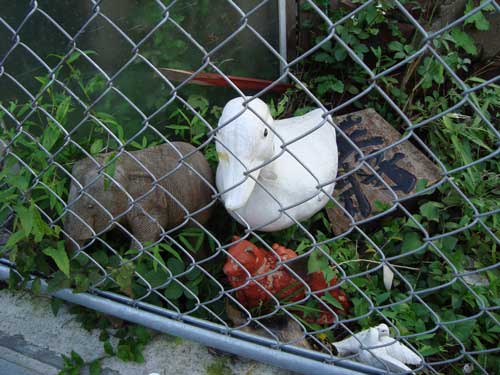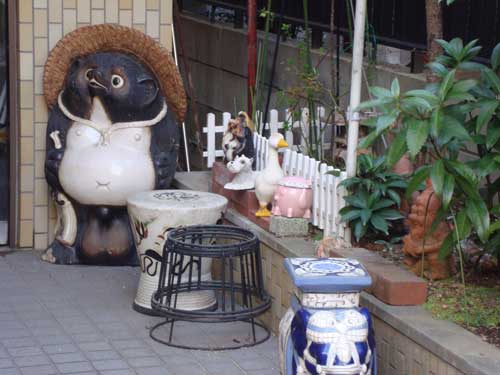
早稲田大学で、二人の若いオランダのデザイナーのプレゼンがあります。『即興都市における神話と習慣」についてです。16日、木曜日18時から。無料です。http://bit.ly/h97QFr
Waseda will be hosting two young Dutch designers talking about the improvised city. Free lecture this Thursday at 6 pm.
Speakers Krijn Christiaansen and Cathelijne Montensways explore “the ways public spaces and landscapes are made by, used by, lived in, transformed and shaped by people.” Their talk is part of Julian Worrall’s LLLABO series at Waseda’s School of Architecture. Please register in advance.

